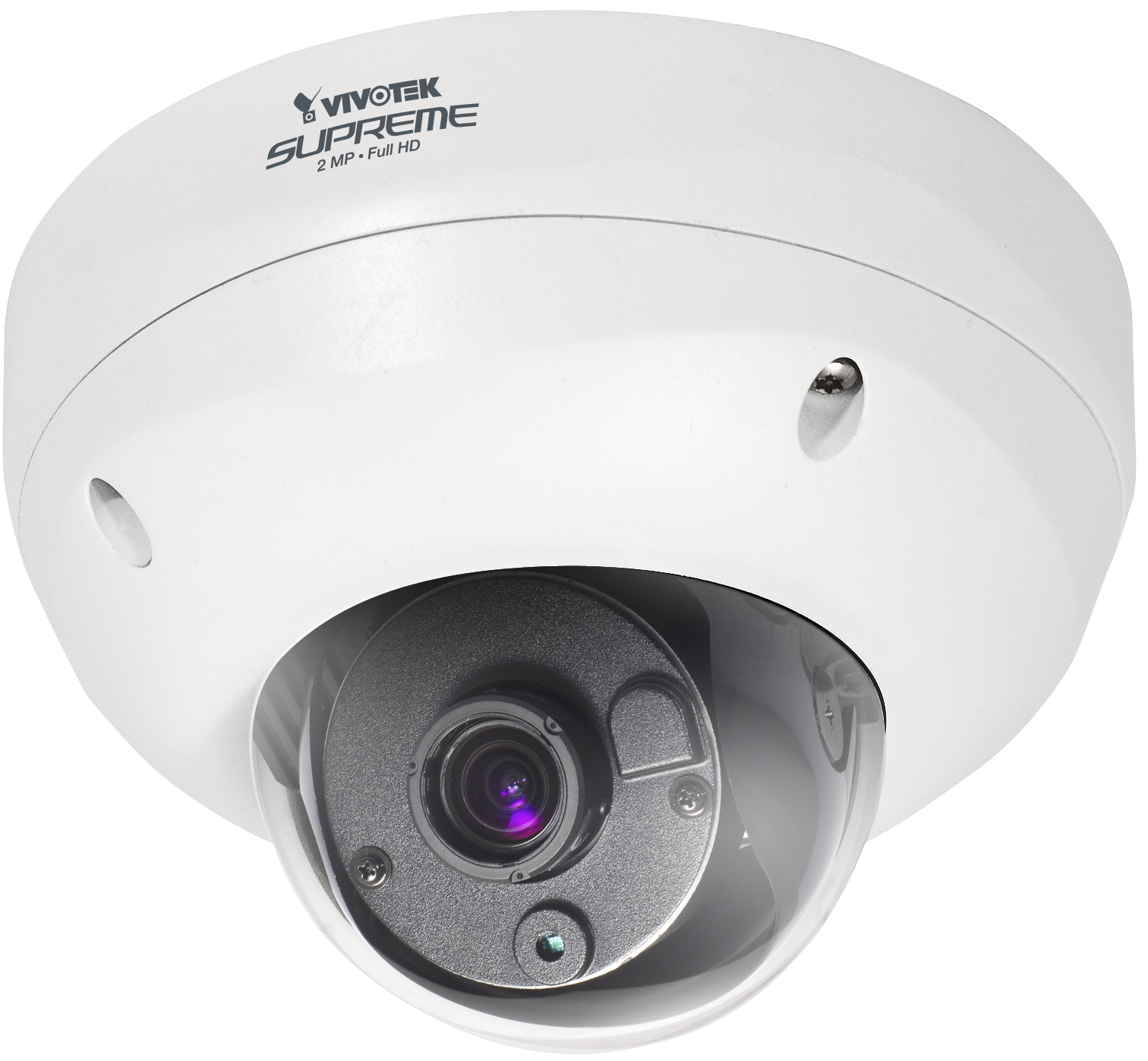

The funny thing about model numbers is they sort of make sense, but not always. Fortunately, VoIP Supply is here to help with our dedication to help make the buying process easier! Today we discuss the naming convention of a particular favorite brand of mine, Vivotek:
Prefixes:
- IP (ex: IP8331) — Network. Think of it as IP, like Internet Protocol, even though all of Vivotek’s cameras are network cameras (and most are PoE, though not all), this naming convention tends to be the default for most box, cube, and bullet cameras.
- MD (ex: MD8562) — Mobile Dome; weatherproof and compliant with EN50155 standards, these IP cameras are specifically made to go places be it cars, buses, or trains (so does the FE8171V, however it’s not a dome camera).
- SD (ex: SD8111) — Speed Dome: allows these large mounted optical zoom, pan and tilt IP cameras to get images up close without losing pixel integrity that you might experience in ePTZ (digital zoom), depending on the application you need it for.
- FD (ex: FD8362) — Fixed Dome. While optical zoom is an excellent feature, in several cases, it’s an unnecessary expense, hence the wide array of dome IP cameras with features such as multi-Megapixels, IR LEDs, real-time viewing, WDR, PoE, and much, much more.
- FE (ex: FE8172) — Fisheye: it gives you the full 360 degree picture or a 180 degree panoramic. It’s an excellent example of where ePTZ would be preferred and work perfectly. A single fisheye camera can replace nearly 4 fixed cameras in one go, and the dewarping technology allows you to view the picture without any of that curve.
- PD (ex: PD8136) — Pan/Tilt Dome. Exactly what it sounds like; no optical zoom. But this sleek little dome is chock full of a 1 Megapixel CMOS sensor, triple codec, and on board storage.
- PT (ex: PT8133) — Pan/Tilt IP camera, perfect for offices, banks, and retail stores.
- PZ (ex: PZ8111) — Pan/Tilt/Zoom: similar to PT, these cameras have a fun, modern shape and provide the optical zoom you might be looking for.
- CC (ex: CC8130) – Counter Camera, made exclusively for indoor use, it’s a cute little IP camera that saves huge amounts of bandwidth while providing a clear picture with it’s 1 Megapixel CMOS sensor.
What the numbers mean:
The actual numbers of each camera model hold some significance too. While the convention isn’t followed to a ‘T’, you can bank of the first of the 4 numbers to give you some good indication.
- 7000 – while they’re going out the door slowly but surely, a few are still around. So, let’s instead focus our attention to the future:
- 8000 – any cameras beginning with an 8 imply that it is the 8000 series model. Will all 8000 series models, all Vivotek IP cameras are H.264/MPEG4/MJPEG, ONVIF compliant, and all but the VS8801 and VS8401 have SD card slots.

Second digit: This number will let you know how to apply the camera. If the number is a 1 it’s indoor. If it’s a 3, it’s for outdoor use.
Third digit: As my friend at Vivotek says, this is where it gets weird.
- 3 – 1MP resolution
- 5 – 1.3MP resolution
- 6 – 2MP resolution
- 71 – 3MP resolution, the third and fourth digits are to be read together
- 72 – 5MP resolution, the third and fourth digits are to be read together
Fourth digit: That’s for Vivotek to know and us to find out…
Suffixes:
- P (ex: IP8162P) — Stands for P-iris, Precise Iris control, Vivotek’s Lens technology that compensates the image for an applicable field of depth. A configured lens can actually focus on both foreground and background images.
- V (ex: FE1871V) — Vandal-Proof, following the IK10 rating standards.
- E (ex: SD8313E) — Extreme Weather-Proof. These cameras operate in IP-66 rated enclosures and can withstand temperatures fluctuating from -40 degrees F to 130 degrees F.
- H (ex: IP8335H) — Wide Dynamic Range. Vivotek’s WDR Pro takes images from 2 different light exposures to create an image with little to no silhouetting, perfect for viewing large windows, doors, etc.
- -C (ex: IP8332-C) — This implies that a mounting bracket is included on the back of the IP camera already, perfect for easy installation.
- W (ex: PT8133W) — Wireless. While this particular example is for the n Network, the other wireless options do support 802.11b/g/n.
And there you have it! It’s a little lengthy, but with this in hand you should begin looking at Vivotek IP cameras with confidence. However, should you have some other questions, please feel free to reach out to us at 866.885.4853 and we’re happy to help!
